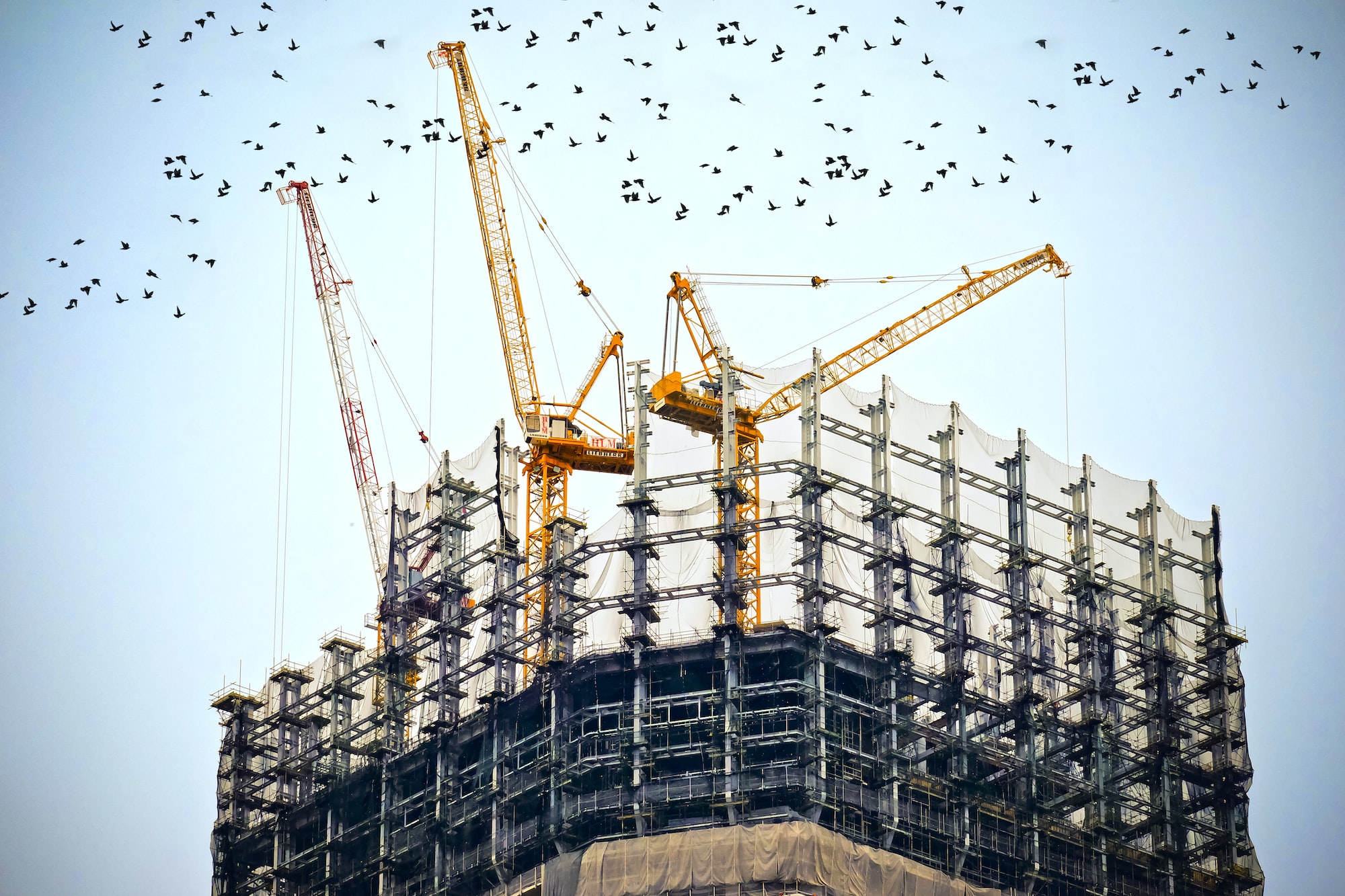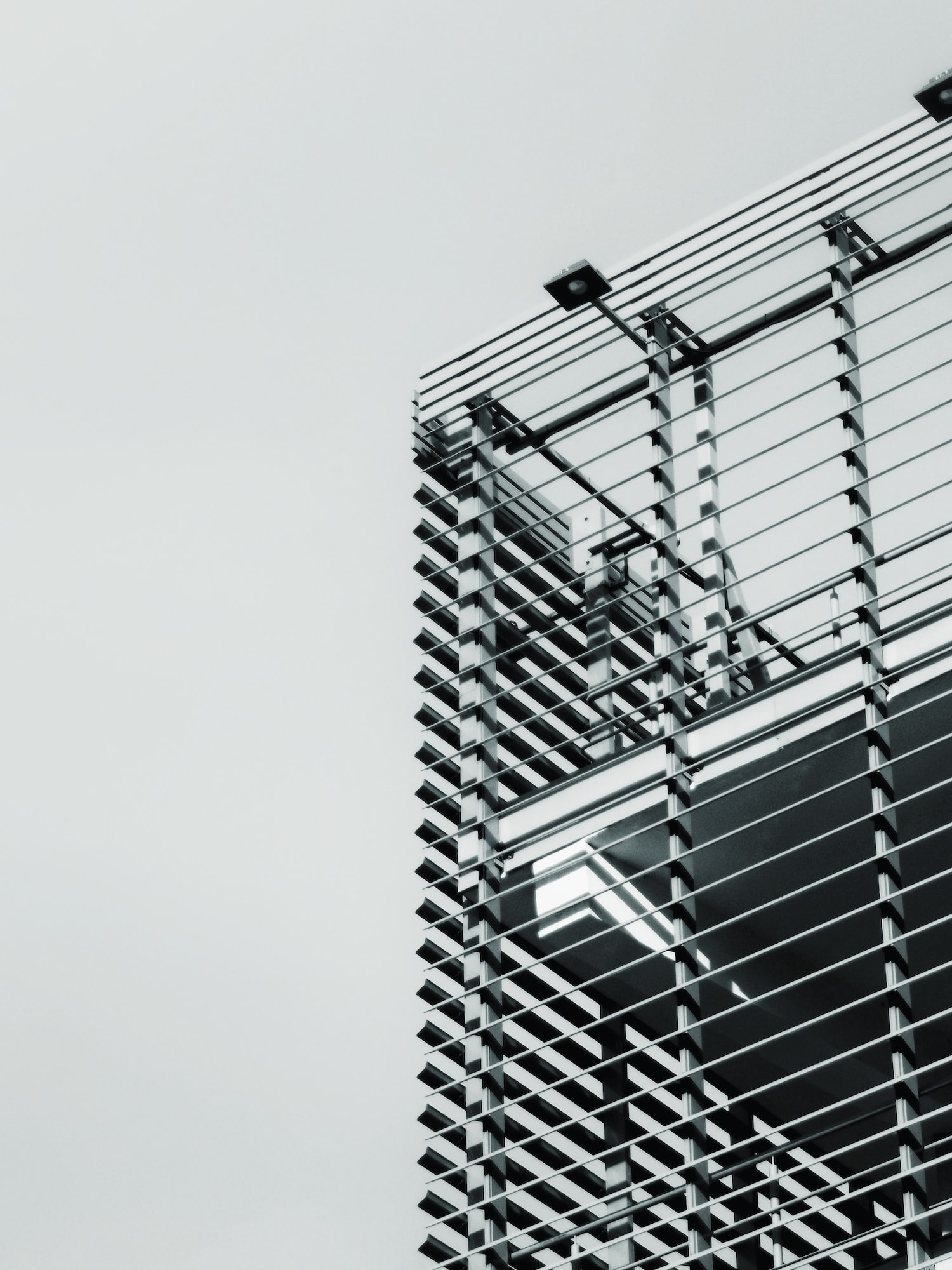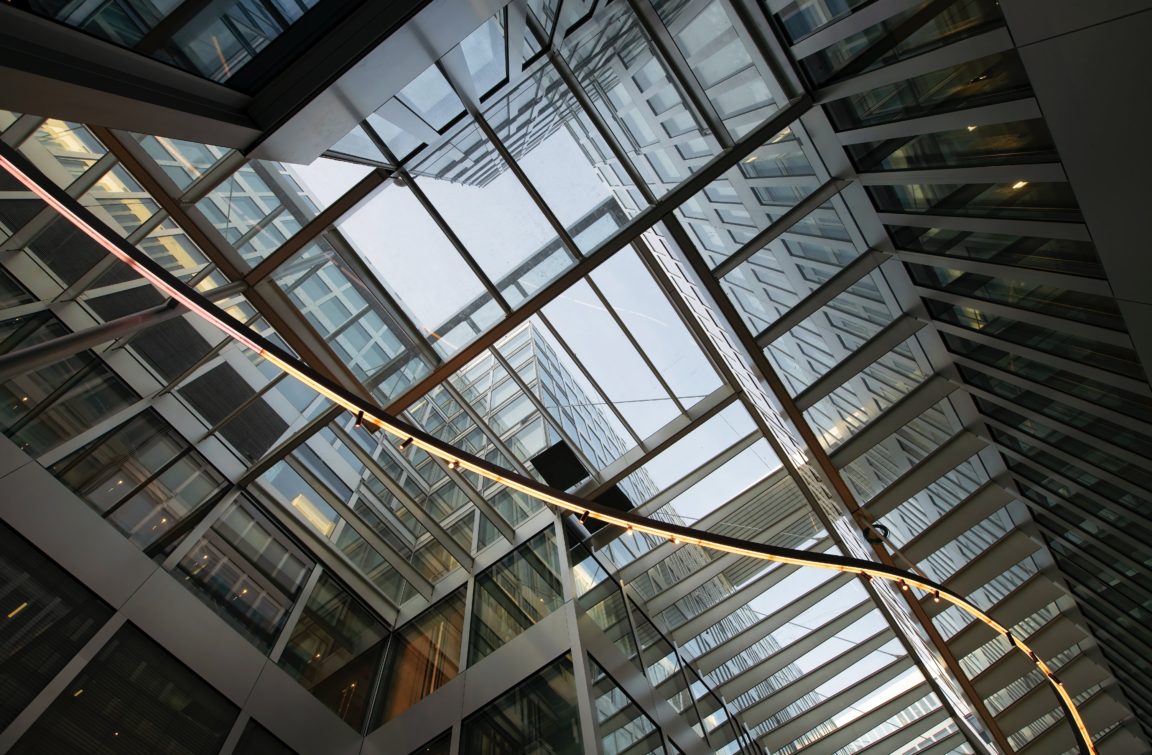Is your heart set on a beautiful steel structure, but you’re completely lost regarding its construction, insulation, and maintenance? You’re at the right place. You already know that life doesn’t come with an instruction manual, but steel buildings do. We’ve compiled a ton of information and resources to help you figure out your next steel construction project, so make sure to read on.
Cheapest doesn’t equal the best
When it comes to purchasing metal buildings “you get what you pay for” is a rule of thumb.
Of course, you should never pay too much, but you also shouldn’t skimp. Steel structures are made in a controlled environment to strict quality requirements. Furthermore, although alternative materials might be cheaper, they are unlikely to survive as long as steel.
Plus, searching for the least expensive steel structure is not advisable. It’s possible that your structure won’t be fully assembled when it arrives, that the pre-drilled holes won’t line up properly, or that the frame won’t be strong enough to support the weight you expect to put on it. A shoddy structure is another red flag that the provider isn’t reliable and to be frank, shoddy is probably what you’ll get if you underpay.
If you spend a significant amount of money for an actually high-quality product, you won’t have to worry about money leaking out later.

Carefully consider where to put it
Where will your new steel structure go? Have you found the ideal location? No? What are you waiting for?! When deciding where to place the building, there are several factors to keep in mind.
First, examine how the water is drained on the site. It is essential that any water that may come into contact with the steel structure be directed away from it without any obstruction. Ensure the drainage system can function properly and that no nearby structures may cause problems.
You should also know how the weather will impact your structure. Plus, avoid damaging any plumbing, electrical, or gas lines that may already be in place. You should also determine where you’ll need to put pavement after the steel structure has been constructed.
Don’t compromise on a location. Everything should be as perfect as possible, so you don’t have to spend money fixing the mistakes on the site.

You’ll have to insulate the building
No matter what the purpose of your building is, you’ll need to equip it with functional steel building insulation. Insulation is essential in steel structures for cost-effective temperature control.
Check the insulation in your building often to be sure it hasn’t been damaged. If it gets damaged and you don’t notice it in time, you risk your building developing mildew, mold or even rusting.
Regularly maintain the building
How frequently you should do checks depends on multiple factors such as location, weather, and more. In general, you should make a thorough, rigorous inquiry twice a year.
Be sure to check everything out regularly and never put off necessary maintenance or fixes. Once you’ve settled on a routine checkup schedule, it’s time to start keeping a record book. Make a list of all the checkups. Next, arrange when and who will do it. Work your way down the list, marking off each item to complete the check. If anything fails an inspection, note it and figure out how to implement the necessary fix as soon as possible. Keep a log of when you did maintenance and what exactly was done.

Do a yearly wash
Pre-engineered steel structures have fewer maintenance needs than other types of buildings, which is one of its key advantages. However, when they begin to look worn off, you’ll know it’s time to clean it. If you keep the building clean, it will look better for longer.
Keep the building clean to avoid the buildup of dirt and grime. In order to do this, all you need is a low-pressure power washer and some kind of cleaning solution, like ammonia, to get the job done. Bleach may be used to remove mold and mildew as well as to clean particularly difficult stains.





